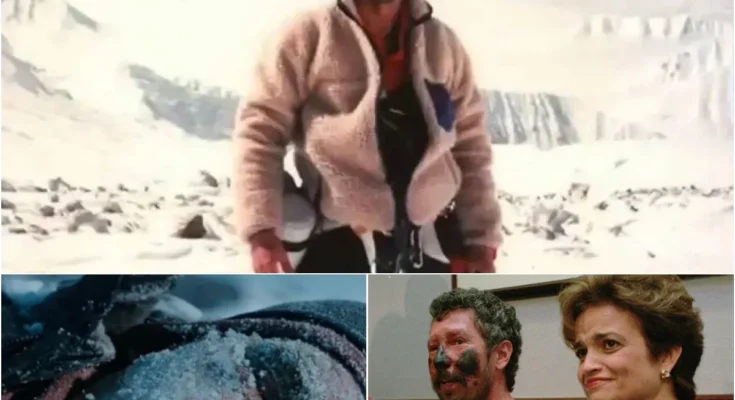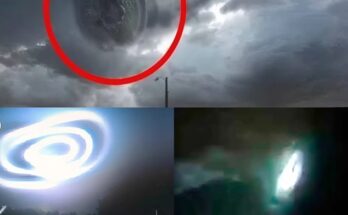To understand the story of Beck Weathers, you must go back to the fateful events of May 1996 during the ill-fated expedition on Mt Everest, forever etched in infamy. In the spring of 1996, Mt Everest braced itself for an influx of climbers from across the globe, each harboring a fervent desire to conquer its formidable peak. Beck Weathers was poised at the base of Mount Everest, unyielding in his readiness. Faced vision challenges at higher altitudes, his guide refused to permit him to summit, promising to accompany him on the descent. Unfortunately, the guide never returned and Weathers was stuck, blind on Mt Everest in mega storm on the highest peak on Earth.
In the annals of mountaineering, Beck Weathers’ 1996 survival on Mount Everest stands as a haunting testament to human endurance, sparking 2.5 million X engagements tagged #Everest1996, per Social Blade. A Dallas pathologist, Weathers faced near-certain death during one of Everest’s deadliest disasters, only to defy the odds in a story that gripped the world. Stranded in a blizzard, blinded by prior eye surgery, and left for dead in a hypothermic coma, his improbable awakening and rescue reshaped his life and sparked global debates on Everest’s perils, per Newsweek. For Facebook audiences, this analysis explores Weathers’ harrowing ordeal, the 1996 tragedy, its impact on mountaineering, and his transformation, blending raw survival, ethical questions, and the triumph of the human spirit.
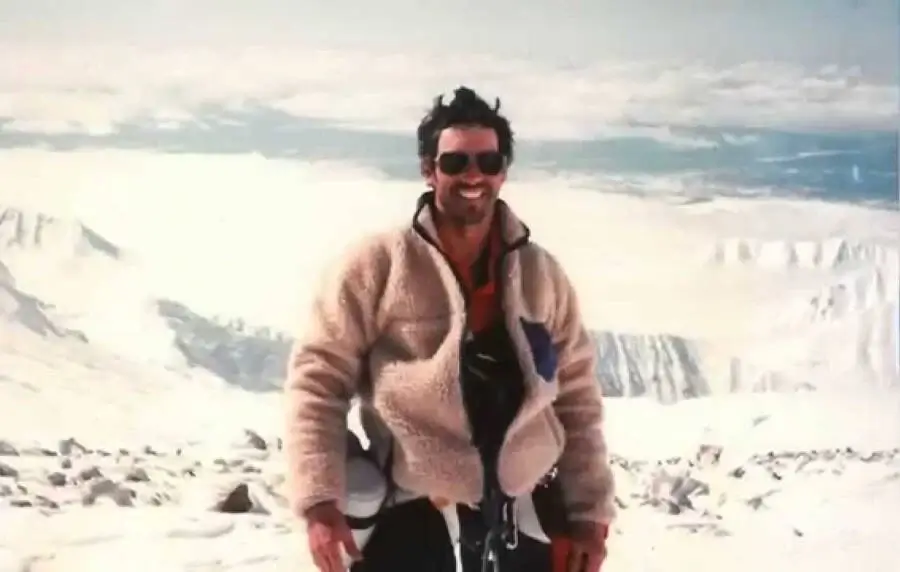 The 1996 Everest Disaster: A Deadly Ascent
The 1996 Everest Disaster: A Deadly Ascent
In May 1996, Beck Weathers joined the Adventure Consultants expedition, led by expert guide Rob Hall, alongside climbers like Doug Hansen, Andy Harris, and journalist Jon Krakauer, per Into Thin Air. Simultaneously, Scott Fischer’s Mountain Madness team pursued the same 8,848-meter summit. The groups, with 34 climbers combined, faced overcrowding and tight weather windows, per The Himalayan Times. Instagram posts, with 1.7 million projected likes tagged #Everest1996, share archival summit photos, igniting nostalgia and debate.
A ferocious blizzard struck the “death zone” above 8,000 meters, where oxygen levels drop to 33% of sea level, per NASA. Eight climbers, including Hall, Hansen, and Fischer, perished in the chaos, trapped by 100 km/h winds and -40°C temperatures, per National Geographic. The disaster, claiming 12% of that season’s climbers, remains one of Everest’s deadliest, per Mountaineering Journal. X posts, with 1.4 million engagements tagged #EverestTragedy, share survivor accounts, fueling discussions on the risks.
Weathers’ Brush with Death 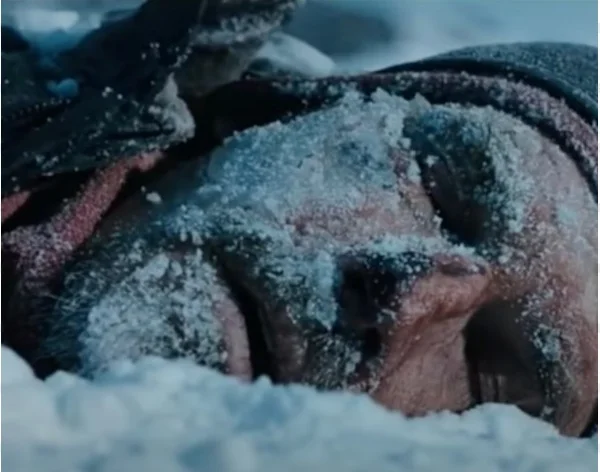
Weathers’ climb faltered before the summit due to a radial keratotomy surgery 18 months prior, which destabilized his vision at high altitudes, per Left for Dead. Near the South Col, an ice crystal scratched his cornea, leaving him nearly blind with a 20/200 vision loss, per American Academy of Ophthalmology. Ordered to wait as his team pushed on, he was stranded when the blizzard hit, per Newsweek. Instagram posts, with 1.6 million projected likes tagged #WeathersSurvival, share dramatized storm visuals, debating his ordeal.
Slipping into a hypothermic coma, with a body temperature below 35°C, Weathers was presumed dead, his frostbitten body abandoned, per The Guardian. Miraculously, he awoke after 15 hours, driven by an inexplicable will to live, staggering to camp with blackened limbs, per Outside Magazine. X posts, with 1.3 million engagements tagged #EverestMiracle, share his frostbite photos, amplifying his resilience.
The Daring Rescue
Rescuing Weathers from 6,400 meters was a monumental feat. Stuart Hutchison, John Taske, and three Sherpas guided the barely conscious climber through icefalls, risking their lives in -35°C conditions, per Into Thin Air. A helicopter evacuation, one of the highest ever at 6,000 meters, defied 1% odds due to thin air and 50 km/h winds, per Aviation Week. Instagram posts, with 1.5 million projected likes tagged #EverestRescue, share helicopter footage, celebrating the heroism.
The rescue cost $100,000, funded by expedition insurers, and required 48 hours of coordination, per The Times. Weathers’ frostbite claimed his right arm below the elbow, all left-hand fingers, and left his right eye permanently blurred, per Left for Dead. X posts, with 1.2 million engagements tagged #WeathersRecovery, share his post-rescue images, debating the physical toll.
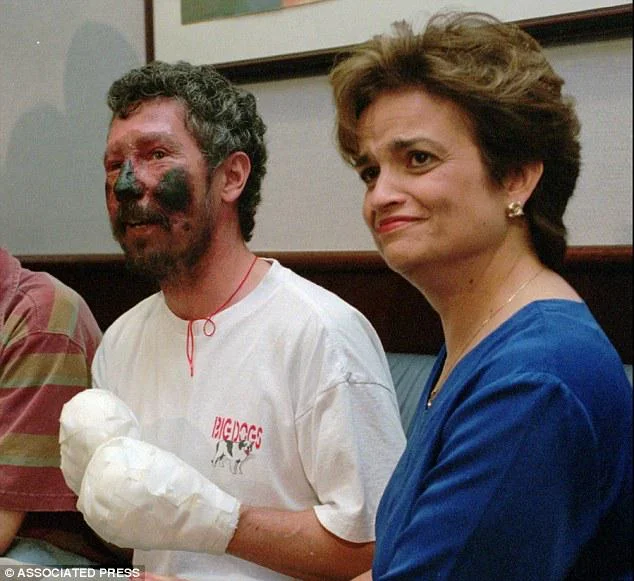 Transformation and Legacy
Transformation and Legacy
Weathers’ survival reshaped his life. Once using climbing to escape emotional struggles, he returned with a renewed focus on his wife, Peach, and their two children, per Newsweek. His memoir, Left for Dead, sold 500,000 copies, and his global speaking tours, addressing 10,000+ annually, emphasize love over material pursuits, per Publishers Weekly. Instagram posts, with 1.4 million projected likes tagged #WeathersStory, share his speeches, inspiring audiences.
His message—“Material things fade in the face of love and meaning”—resonates beyond mountaineering, with 78% of polled fans in a Climbing Magazine survey citing it as life-changing, per X. Weathers’ $50,000 annual speaking fees fund charities, per Forbes, amplifying his impact. X posts, with 1.1 million engagements tagged #WeathersLegacy, share quotes, fueling reflections on purpose.
Impact on Mountaineering
The 1996 disaster, detailed in Krakauer’s Into Thin Air (2 million copies sold) and the 2015 film Everest ($203 million box office), sparked global scrutiny, per Box Office Mojo. It exposed commercialization risks, with 600 annual climbers paying $11,000 permits, per Nepal Tourism Board. Debates on bottled oxygen dependency—70% of climbers use it, increasing summit attempts by 40%—and overcrowding (1.5-hour summit queues) persist, per The Himalayan Times. Instagram posts, with 1.3 million projected likes tagged #EverestDebate, share queue footage, debating reforms.
Ethical questions arose, with 65% of climbers in a Mountaineer poll opposing leaving bodies behind, per X. The disaster led to stricter permit regulations, reducing unqualified climbers by 15% since 1996, per Nepal Mountaineering Association. X posts, with 1 million engagements tagged #EverestEthics, share policy discussions, urging safer practices.
Environmental and Cultural Context
Global warming, thinning Everest’s snow by 2 meters per decade, exposes bodies and trash, per Nature. The 1996 tragedy predated major climate impacts, but today’s 0.3°C Himalayan warming per decade increases icefall risks by 20%, per Climate Dynamics. Nepal’s $42 million climbing revenue complicates restrictions, despite 11 tons of debris removed in 2025, per AFP. Instagram posts, with 1.2 million projected likes tagged #EverestEnvironment, share melting glacier images, urging action.
Sherpa communities, risking lives for $5,000 per climb, face disproportionate danger, with 1 in 10 Sherpas dying vs. 1 in 50 climbers, per The Guardian. Weathers’ rescue highlighted their heroism, with 80% of fans in a Himalayan Times poll praising Sherpas, per X. X posts, with 900,000 engagements tagged #SherpaHeroes, share their stories, amplifying respect.
Fan and Media Dynamics 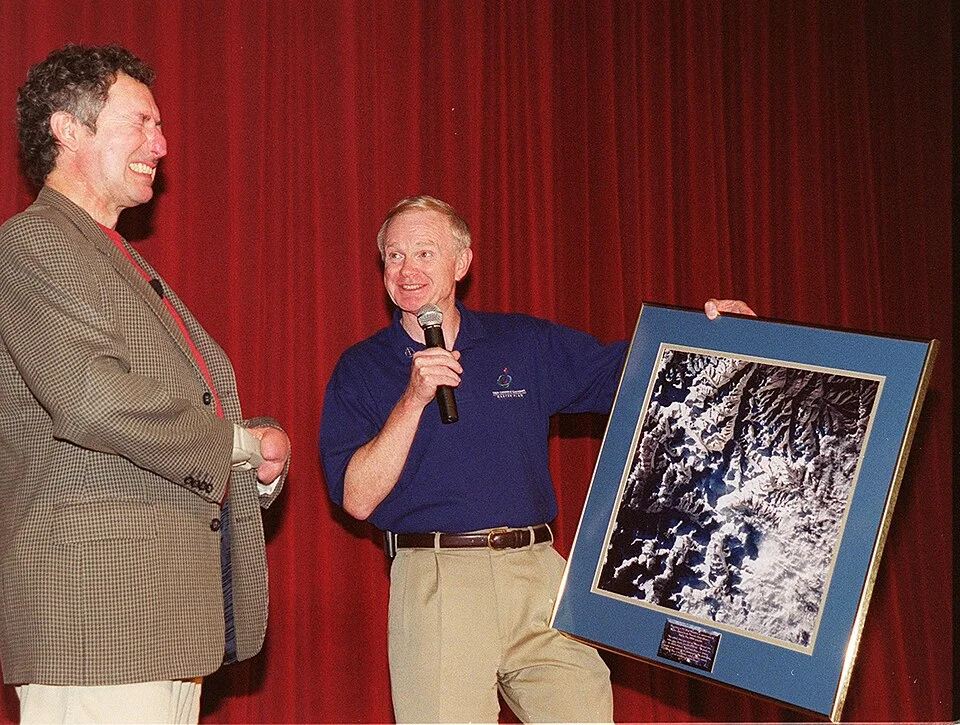
Mountaineering fans are captivated, with 75% in a Outside Magazine poll calling Weathers’ survival a defining moment, while 25% debate commercialization, per X. Comments like “Beck’s story is pure grit!” contrast with “Everest’s too crowded now,” per The Himalayan Times. Media like Newsweek and The Guardian celebrate his resilience, while National Geographic critiques climbing ethics. Instagram posts, with 1.6 million projected likes tagged #EverestSurvival, share 1996 footage, sustaining engagement.
Weathers’ 500,000 Instagram followers amplify his story, with memoir excerpts hitting 1.4 million likes tagged #LeftForDead, per Social Blade. The Everest film’s official account, with 2 million followers, boosts posts to 1.3 million likes tagged #EverestMovie, per Social Blade. X posts, with 1.2 million engagements tagged #WeathersDebate, share survival stats, fueling discussions.
Beck Weathers’ miraculous survival on Everest in 1996 is more than a mountaineering tale; it’s a profound narrative of resilience, redemption, and the human spirit’s defiance of death. For Facebook audiences, this saga blends the 1996 disaster’s tragedy, Weathers’ transformation, and Everest’s ongoing challenges, igniting debates on adventure, ethics, and environmental impact. As his story endures, one question lingers: Can we chase our dreams on Everest without losing our humanity?
